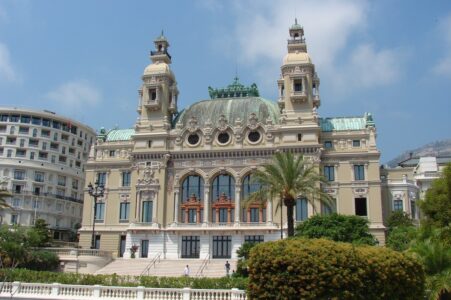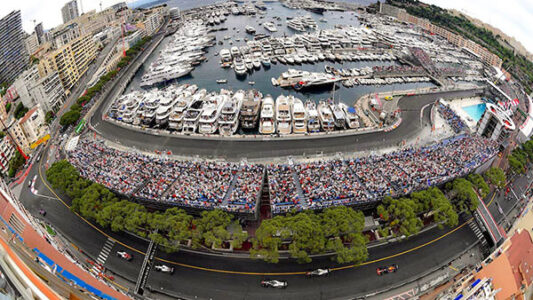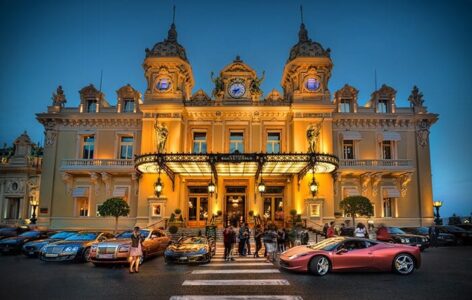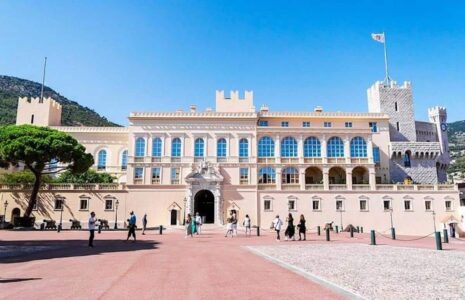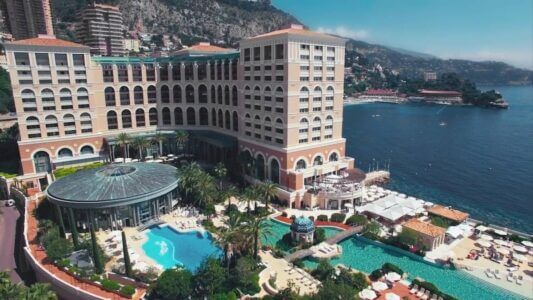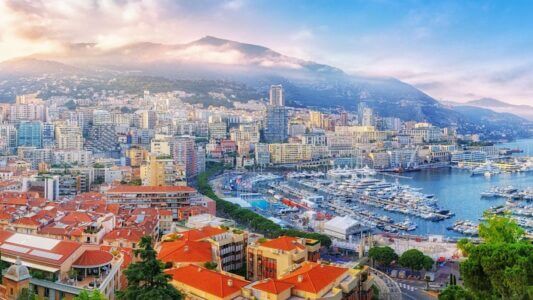5 anecdotes on a prickly subject – cacti in Monaco
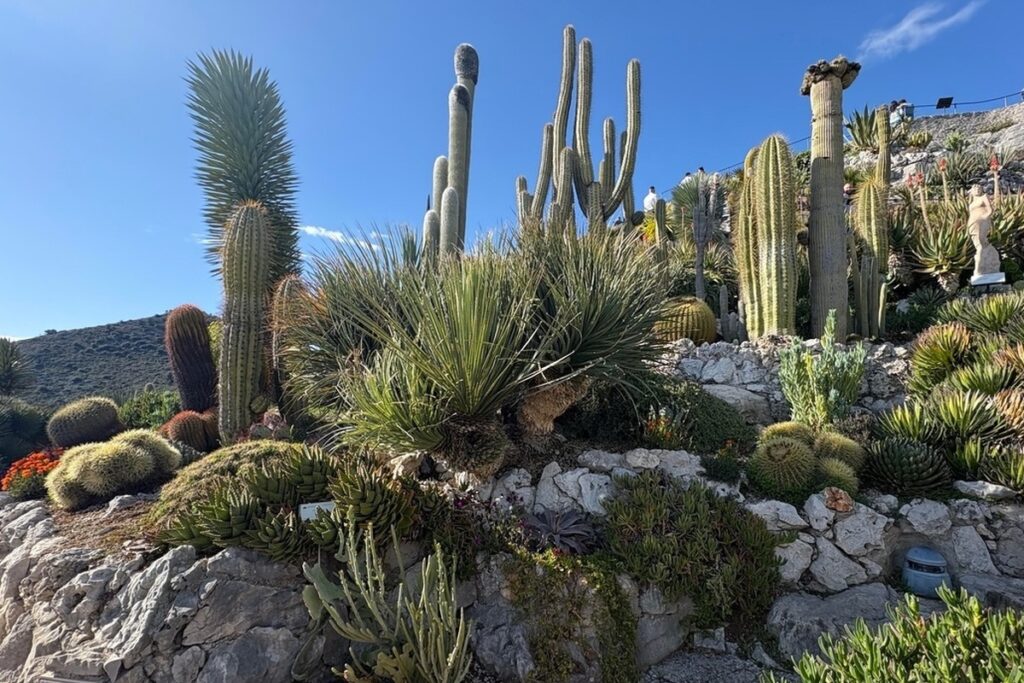
Cacti are in the spotlight this summer in Monaco with the Cactus exhibition at the New National Museum of Monaco. It explores how these uniquely-shaped plants have inspired artists over the last century. So we decided to look for some ‘cactivating’ anecdotes about these plants!
Monaco recently put on a rather unusual show. In March 2024, a one-tonne cactus was moved by crane during work on the Jardin Exotique. “It’s really not a common sight. I think we’ll only see it once in our lives,” said one worker as the giant took to the air.
1. Augustin Gastaud, the pioneer
At the start of the 19th century, Augustin Gastaud, head gardener at the Saint-Martin gardens, planted a collection of succulents near the future Oceanographic Museum. The passionate collector of exotic plants from Mexico had no idea that he was about to write one of the finest pages in the Principality’s botanical history. Fascinated by the unique collection, Prince Albert I, who was already famous for his oceanographic explorations, decided to create a garden entirely dedicated to succulents, which were little known in Europe at the time. In 1912, he acquired the Observatory promontory to house the ‘curiosities’.
Building the Jardin Exotique, between 1913 and 1933, was an architectural challenge. Huge hundred-year-old cacti had to be moved from Le Rocher to the new site on the hillside without damaging them. Special packaging was created by employees of Louis Notari, a Public Works engineer. Some of the specimens in Augustin Gastaud’s original collection have now reached gigantic proportions.

2. The Kuentz family, inspired by Monaco’s cacti
The Kuentz family, cactus growers since 1907 in Belfort, travelled to the Côte d’Azur in 1934. The aim of their trip was to study the Jardin Exotique in Monaco, which had opened the previous year. Joseph-Émile was accompanied by his son Robert, who worked alongside him, and his daughters Madeleine and Marguerite. After visiting the rockeries at the Parc de la Tête d’Or in Lyon and the Albert 1er gardens in Nice, they came to the Jardin Exotique in Monaco, which had just been inaugurated. They were instantly and deeply in awe: discovering the “giant cacti and succulents in an almost natural setting,” they realised that “the plants grown in the greenhouses at Belfort seemed ridiculous” in comparison. This epiphany turned their vision on its head and sealed the fate of the horticultural dynasty.
Princess Caroline visits Cactus exhibition at Villa Sauber
In 1937, Joseph-Émile fell in love with the five hectares of the Domaine de la Magdeleine in Fréjus and even bought up a few plots that had already been sold separately. It was a real gamble that meant “selling all the assets in Belfort and working hard for years” to finance the acquisition. In 1937, their plants were permanently transferred to Fréjus “on a large estate with a climate more favourable to cacti.” Robert made several round trips to move the plants to the South and build the small greenhouses. In 1938, the whole family settled permanently on the Côte d’Azur. Today, three generations later, the Kuentzes still grow a wide range of cacti and succulents in sunny Fréjus.
3. The Jardin Exotique d’Èze is home to a thousand cacti
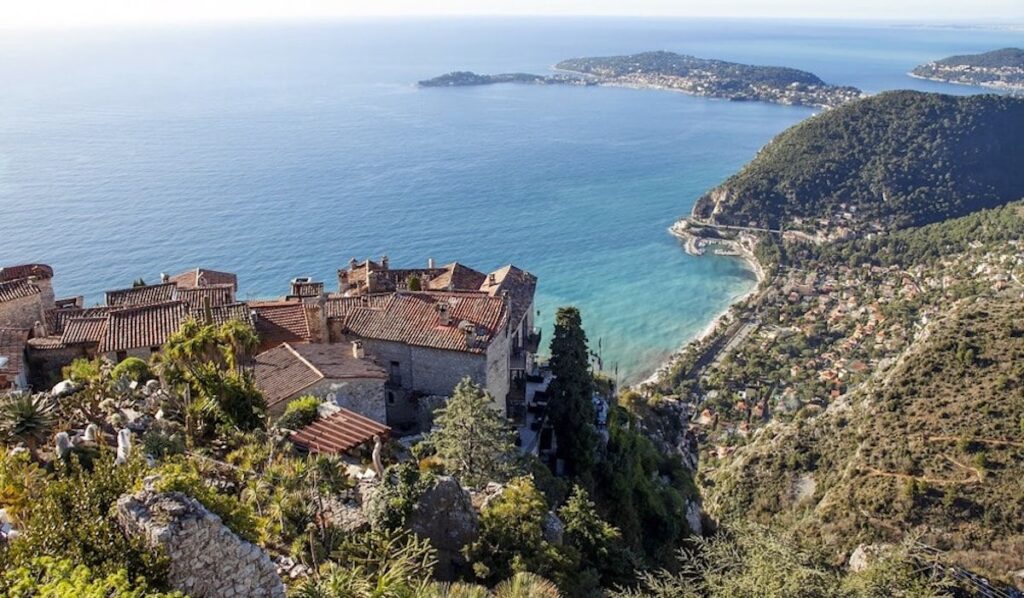
© Municipality of Eze
After the Second World War, André Gianton, the mayor of Èze, came up with a bold plan: to turn the ruins of a medieval castle, destroyed in 1706, into an exotic garden. To make the vision a reality, he called on Jean Gastaud, head gardener at Monaco’s Exotic Garden, who had already begun to plant the first cacti on the Rocher.” Situated 400 metres above the Mediterranean, the garden has the triple advantage of natural protection from the northerly winds by the Revère plateau, ideal south-facing exposure and a perfect slope for drainage.
The exotic garden is home to many cacti and succulents, often from distant continents. In the sunny, south-facing part of the garden, you’ll find aloes, yuccas, dasylirions and kalanchoes, as well as cacti such as Trichocereus, Echinopsis and Ferocactus, and round “mother-in-law’s cushions” or Echinocactus grusonii. The succulents grown here can be grow to an impressive size. They have an ideal home: full sun, a very mild climate, protected by the mountains, rocky terrain and a steep slope for water to run off.
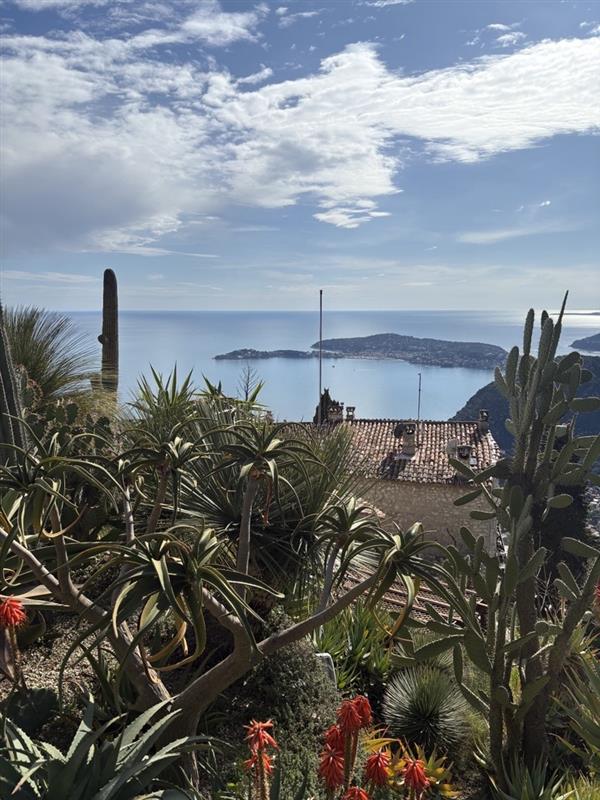
4. Monaco’s international award-winning Jardin Exotique
The Jardin Exotique de Monaco was spectacularly successful at the twelfth edition of Euroflora in Genoa, in 2022: of the 26 plants entered, eight won prizes, including seven first prizes. The remarkable achievement was the crowning glory for a garden that is already internationally renowned. It was included in the 2021 edition of the “150 most beautiful gardens in the world” by the Ulysse tourist guide for its “stunning beauty, botanical, cultural or artistic interest, exceptional tourist experience and accessibility.”

It took a real logistical feat to earn those prizes, as it took the gardeners from the Jardin Exotique almost a week to put together a six-metre-diameter flower bed, including plants up to five metres high. The plants were shipped in custom-made packaging made of wood, brown paper matting and coconut straw. Among the plants on display, was the “Princesse de Monaco” rose, named as a tribute to Princess Grace.
5. A 13-metre-high cactus in Menton
In 2019, Nice Matin revealed the existence of a unique botanical curiosity in a Menton family’s garden: a 13-metre-high Marginatocereus marginatus cactus, planted some forty years ago. Long thought by its owners to be a San Pedro cactus (Echinopsis pachanoi), the specimen turned out to be a Marginatocereus marginatus, a species native to Mexico, according to the expert opinion of Philippe Richaud, a renowned specialist who has around 3,000 species of cactus in his hothouses at Le Cannet-Rocheville.
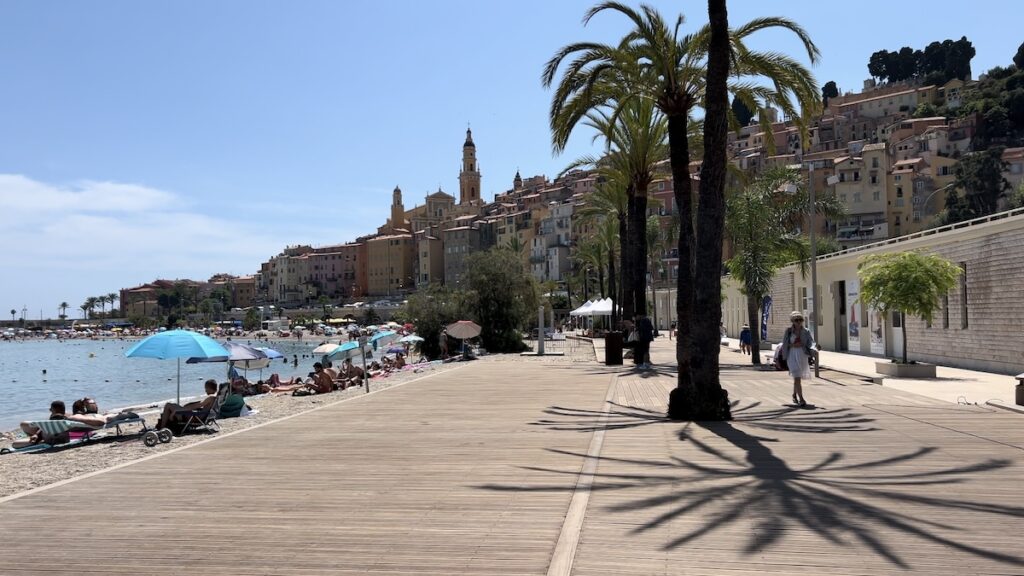
The size of this cactus is a genuine feat according to experts. In the wild, the plant is usually no more than 7 metres tall when fully grown. The secret of its exceptional size lies in Menton’s special climate, with its mild temperatures that rarely fall below zero, enabling the plant to grow almost all year round. The specimen may well hold the world record in its category.

